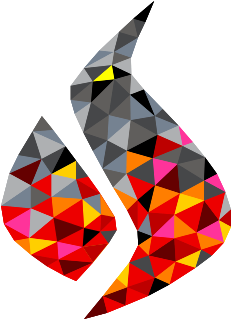The FEniCS computing platform
FEniCS is a popular open-source computing platform for solving partial differential equations (PDEs) with the finite element method (FEM). FEniCS enables users to quickly translate scientific models into efficient finite element code. With the high-level Python and C++ interfaces to FEniCS, it is easy to get started, but FEniCS offers also powerful capabilities for more experienced programmers. FEniCS runs on a multitude of platforms ranging from laptops to high-performance computers.
Download
Documentation
Source code
Slack
FEniCS is a NumFOCUS fiscally supported project. If you like FEniCS and want to support our mission to produce the best possible platform for open-source computing, consider making a donation to our project.


